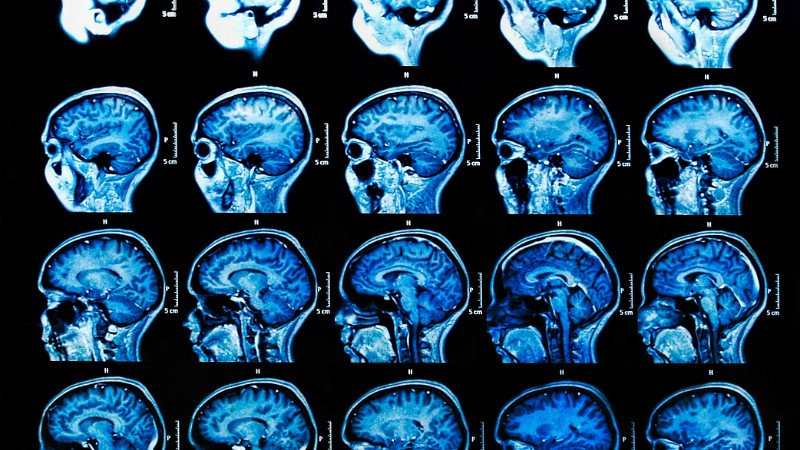Research published today (Tuesday 1 May) has revealed new clues which might help explain why young people with the most severe forms of antisocial behaviour struggle to control and regulate their emotions, and might be more susceptible to developing anxiety or depression as a result.
The study, published in the journal Social Cognitive and Affective Neuroscience, used neuroimaging methods to investigate young people with the condition ‘Conduct Disorder’ – typified by symptoms that range from lying and truancy, through to physical violence and weapon use at its more extreme end.
Researchers from the universities of Bath (UK), Cambridge (UK) and the California Institute of Technology (USA) wanted to understand more about the wiring of the brain in adolescents with Conduct Disorder, and link connectivity to the severity of Conduct Disorder and ‘psychopathic traits’ – the term used to define deficits in guilt, remorse and empathy.
Wired differently?
Through functional MRI scans of young people with Conduct Disorder as well as typically-developing teens, the team analysed the amygdala – a key part of the brain involved in understanding others’ emotions – and how it communicates with other parts of the brain.
Previous studies by the research team suggested that adolescents with Conduct Disorder find it difficult to recognise angry and sad facial expressions, and so the purpose of this experiment was to establish what goes wrong at a brain level that could explain this.
They found that youths with Conduct Disorder showed significantly lower amygdala responses to angry and sad faces. Patients with amygdala damage show a range of problems such as reading others’ emotions and given the similarities in behaviour between these patients and youths with Conduct Disorder, scientists had previously hypothesised that the amygdala might be damaged or dysfunctional in some way.
When the researchers analysed connectivity between the amygdala and the brain’s prefrontal cortex – the region responsible for decision making and behavioural inhibition – they found surprising clues that could explain why certain groups of youths with Conduct Disorder find it difficult to control their emotions.
Contrary to previous thinking, youths with Conduct Disorder and high levels of psychopathic traits showed normal connectivity between the amygdala and the prefrontal cortex, whereas those with Conduct Disorder alone showed abnormal connectivity between these brain areas.
Related mental health problems
Dr Graeme Fairchild, from the Department of Psychology at the University of Bath, explained: “These results may explain why young people with Conduct Disorder, but without psychopathic traits, find it difficult to control their emotions - especially strong negative emotions like anger. The parts of the brain that are normally involved in regulating the emotional parts of the brain appear less able to do so in the youths with Conduct Disorder alone. Over time, this could lead to them developing comorbid mental health problems like depression or anxiety, whereas youths with psychopathic traits might be protected from developing such problems.
“This study shows that there may be important differences between youths with high and low levels of psychopathic traits in the way the brain is wired. The findings could have clinical implications, because they suggest that psychological treatments that enhance emotion regulation abilities are likely to be more effective in the youths with Conduct Disorder alone, than in the psychopathic subgroup.”
More targeted interventions
As an under-researched and often misunderstood condition, the team now hope their findings can feed into more targeted interventions to better help young people with Conduct Disorder and their families. This could involve neurofeedback methods which train young people to control activity in specific parts of their brains using MRI.
They are currently running a large-scale European study - including young people from the UK - investigating sex differences in antisocial behaviour to investigate whether boys and girls with Conduct Disorder show similar or different brain abnormalities relative to typically developing boys and girls.
This latest study was funded by The Wellcome Trust and Medical Research Council.

